Vacuum | vac·u·um [n]: a loud, crazy monster that comes out of the closet every now and then.
All dogs beware!
Many dogs are afraid of the vacuum cleaner. It’s all too common to have a dog that runs and hides, trembles, or barks and bites at this strange and wonderful device.
Vacuuming is a necessity – particularly for dog owners who may even need specialized pet hair vacuums to take care of all that pet fur and dander.
In my own home, not only do I have to contend with white hair on a dark carpet, but I also have to deal with the organic garden “toys” she enjoys bringing into the living room for some play time.
Fortunately, there are a few things you can do to help understand and soothe your pet’s fear of the vacuum.
We’ll explain everything you need to know below!
Why Are Dogs Scared of Vacuums?
Dogs are often afraid of vacuums for a simple reason: They’re loud and have a strange, confusing odor (remember that our dogs’ primary sense is their sense of smell. ) Vacuum cleaners also look strange and alien.
Our dog’s sense of hearing is also much more sensitive than ours, making loud noises a whole lot less tolerable. Combine that with the anticipation of the ensuing turmoil, and we have created our own vacuum monster!
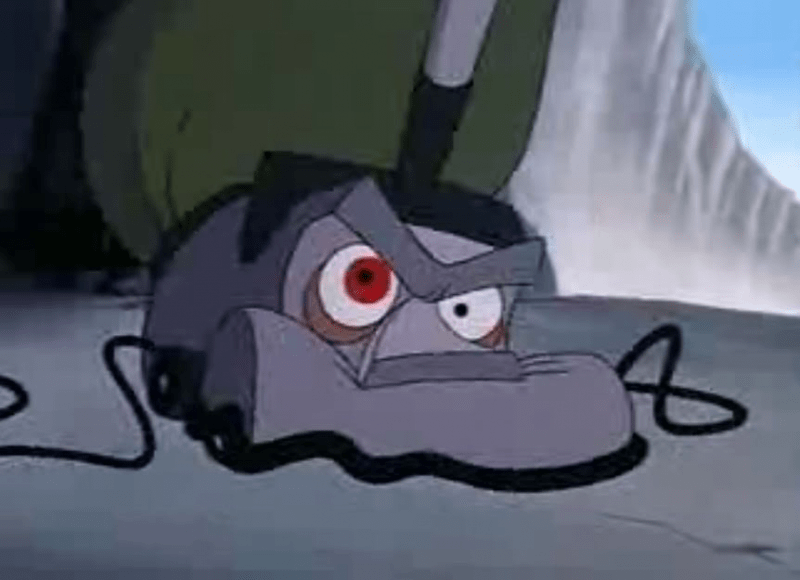
In a normal household, you likely only bring out the vacuum once, maybe twice per week (give or take). So, our dogs do not have the time to familiarize themselves with the device and become comfortable with it.
So, every time the vacuum comes out and startles or frightens your dog, her anxiety builds.
Eventually the emotional reactions become a learned behavior; just the sight of the vacuum can trigger barking and hyperarousal. This can lead to zuigerphobia — the fear of vacuum cleaners.
Signs That Your Dog Is Zuigerphobic (Afraid of Vacuum Cleaners)
Most of us can tell when our dogs are truly frightened, but there are some more subtle signs we may miss that can indicate our dogs are uncomfortable.
Accordingly, it is important that we verse ourselves in our dog’s body language. By doing so, we can help train our dogs to be more comfortable with the vacuum.
Some of the most common reactions to the vacuum are:
- Barking at the vacuum. Nervous or anxious dogs will often bark at anything that scares them.
- Running from the vacuum. Frightened dogs will try to distance themselves as much as they can from the scary object. When dogs are scared, they enter into fight or flight mode. Fight might be barking or lunging, as mentioned above. Flight, on the other hand, might be running away from it. You might even see some internal conflict where they do a bit of both.
- Hiding in another room. If your dog is trying to flee from the vacuum because she is scared, she will likely try to get as far away as possible. She may find she feels safest in the closet, under the bed, or in another room where she at least doesn’t have to see the vacuum.
- Accidents. Accidents are often a consequence of anxiety. You know that nervous feeling in your belly when something frightens you? Your dogs may feel that too. And prolonged exposure to the trigger (the vacuum in this case), could cause her to pee or poo in the house. This is a response of the nervous system; it’s not an example of “bad” behavior.
- Hyperarousal. This one generally goes along with biting, lunging, or barking — but not necessarily. Your dog may start humping, pacing, panting, running around, whining, wanting to play or jumping up when the vacuum makes an appearance. These are all signs of hyperaousal, and they manifest from her nervous energy.
- Freezing. Some dogs get so frightened they don’t really move. This is not to be confused with lying on the floor relaxed; I’m talking about a dog who is standing, averting her gaze, maybe even trembling. She might also move in slow motion, with a lowered body.
It’s also important to familiarize yourself with the subtle signs of stress your dog may display. There are several indicators that people often miss that may indicate that your dog is feeling uneasy, stressed, or worried.
Common things to look for include:
- Pinned back ears
- Tightened mouth with pursed lips
- Furrowed brow
- Stiff body posture
- Tucked tail
- Averted gaze (looking away from you)
- Whale eye (showing the whites of her eyes)
- Lowering her body
- Trembling
- Yawning
- Lip-licking
- Lifting a front paw
These are context dependent, so look for what your dog’s whole body is doing.
Are Some Vacuums Scarier Than Others? Uprights, Canisters and Roombas
Some dogs react in different ways to different types of vacuums.
Generally, your pup’s reaction will depend on her past experiences and what she has been exposed to (both good and bad).
If your dog has been scared of an upright in the past, you could try starting fresh with a canister-style vacuum or a Roomba. Ideally, a vacuum that is less noisy will potentially be less scary.
It is good to keep in mind that just because your dog was pretty comfortable with one vacuum, doesn’t mean she’ll be comfortable with a new floor cleaner. So, take your time introducing your dog to your new vacuum (or anything new, for that matter) to make sure that you don’t create a scary situation.
Roomba might be a nice option, as they are pretty quiet, compact and unobtrusive compared to many other vacuums on the market. But once again, it is important to introduce your dog to the new device slowly.
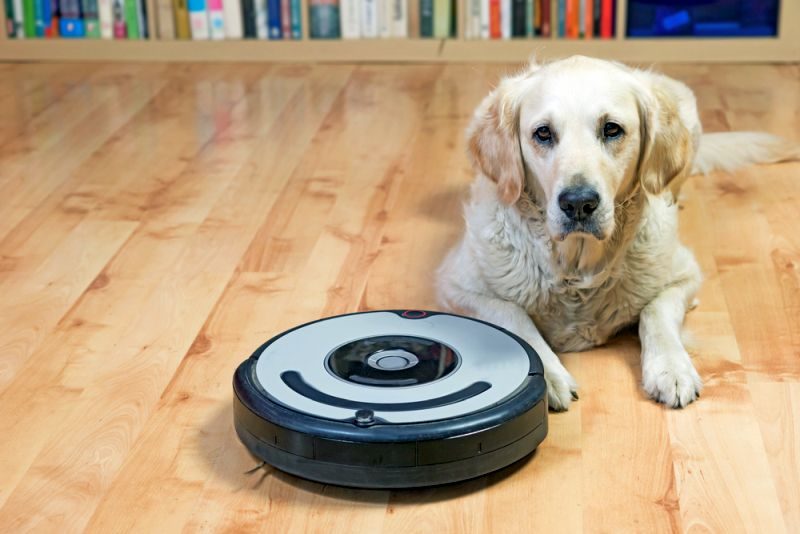
To Roomba train your dog, first allow her to become comfortable with it while it is stationary and quiet — perhaps even on the other side of the room to begin.
Allow your dog to take her time and explore the Roomba slowly. I would make sure that you are always there to supervise during its scheduled cleaning sessions, particularly if your dog is scared of the Roomba to begin with.
Have them play a game or divert their attention to something more interesting so that they are not focused on the Roomba moving around the house.
Why Is My Dog Suddenly Afraid of the Vacuum?
There are several reasons a dog may suddenly become frightened of the vacuum.
Dogs (as well as humans and most other animals, actually) make associations, process, and learn new information all the time.
One bad experience could cause your dog to have a negative emotional response that lingers. This could include things like getting too close to your dog while vacuuming or startling your sleeping pupper by turning on the vacuum suddenly.
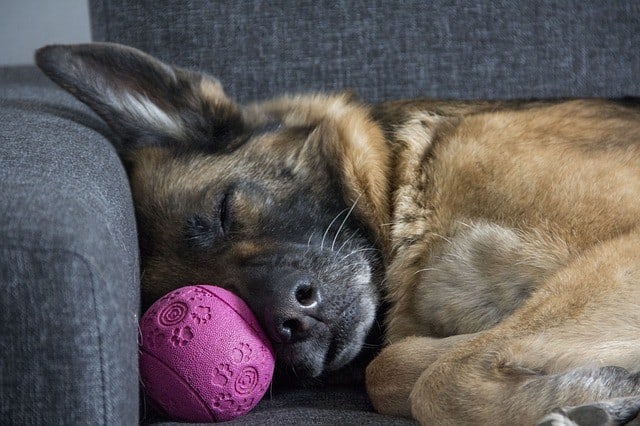
There are certain times during your dog’s life when this might be more likely to happen than others.
Puppies, for example, go through fear periods, during which they’re more likely to be frightened by novel stimuli. The first generally happens at about 8 to 10 weeks of age, and the second happens somewhere between 5 and 12 months.
During this time, puppies become more sensitive and may react badly to things that they were comfortable with just last week! This means it is important to take your time and start from scratch with easy and positive introductions.
My old dog, Grandma Monday, began to lose her hearing at the age of 14. Loud noises were startling because she often didn’t know they were coming. She soon made some negative associations with different loud noises even though she had been comfortable with them for the last 14 years.
Helping Your Dog Get Over Her Fear of Vacuum Cleaners
Just because your dog is fearful and reactive to the vacuum today, doesn’t mean she will always be. There are strategies that can help you solve your dog’s zuigerphobia:
The Dog-Management Strategy
One of the best ways to address your dog’s vacuum fear is by simply having her chill in another room or out in the yard while you vacuum. You could also have your pupper go for a walk with your partner while you vacuum.
Crises averted!
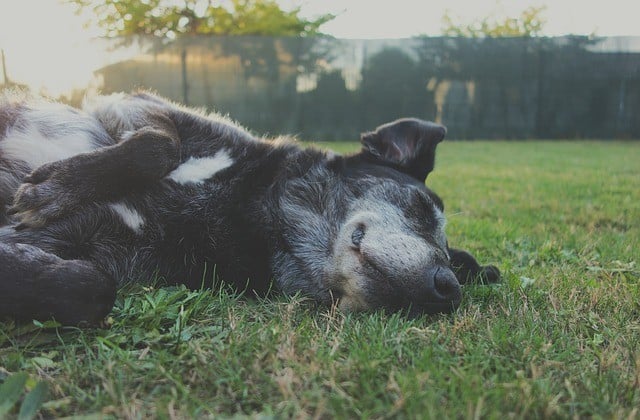
Because the vacuum is not a frequent occurrence, this might not be too difficult to manage in some households. If you live alone in an apartment, you might need to get creative, such as by hiring a dog walker or having friends and family stop by to help out.
Desensitize Your Dog to the Trigger
This just means getting your four-footer used to the vacuum (or whatever your pooch is afraid of), very, very slowly. The goal is to proceed so slowly that she never reacts fearfully.
The best way to desensitize to the vacuum is to break it down into manageable steps. For example:
- Pull the vacuum out (it could even be in another part of the house) and then put it away.
- Pull the vacuum out in the same room
- Pull the vacuum out and move it around
- Pull the vacuum out and turn it on from another room
- Pull the vacuum out and turn it on in the same room
- Repeat each step at your pupper’s pace until she is able to tolerate it at the current level and intensity.
This also goes for the sound alone.
If you live in an apartment and you’re unable to have the vacuum on and have the volume still be low enough that it’s tolerable for your dog, check out YouTube.
Type in a quick “vacuum cleaner sounds” search, and you’ll find just what you need. Play it at a very low level, and slowly increase the volume over time.
You could also try DogTV — they have special desensitization programs designed to address exactly these types of problems.
Try to desensitize your dog like this in short increments, a few times every day. Only doing this once a week is likely not enough exposure to get to the next step in this lifetime.
If your dog has been terrified of the sound of the vacuum for 10 years, it may take some time and patients!
Counter-Condition Your Dog
This can be done while you work on desensitizing your dog to the sight and the sound of the vacuum.
What the heck is counter-conditioning? It roughly means, pairing the scary vacuum with a favorite treat or toy.
Make sure that the item is high value (peanut butter, bacon grease, fish skin, etc.) or the toy is a-mazing! This will help your dog to associate the vacuum with all the best things in life.
If your dog will not take the toy or food, you are either too close or the volume is too loud.
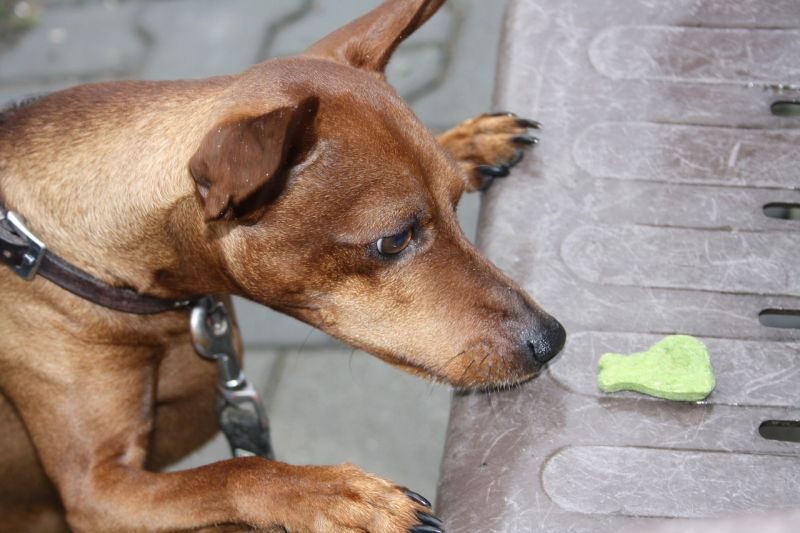
What Do I Do If My Dog Attacks the Vacuum Cleaner?
This is potentially dangerous, not just for the life of your vacuum, but for you and your dog. Your pup could potentially hurt herself or you in the process. Psychological damage can also occur if you let her fear escalate.
For an immediate reprieve, I suggest finding a management solution that minimizes or stops any type of aggressive response or exposure to the vacuum.
Then, you can work through desensitization and counter-conditioning if you want.
However, I suggest you start by purchasing a new vacuum that doesn’t already come with negative connotations. Try something totally different and quieter if you can.
If you don’t feel comfortable or you are not making progress, you should contact a professional reward-based trainer to help you.
Make sure to avoid punishment, as this will only cause the problem to escalate.
The Importance of Starting Young: Teaching Puppies that Vacuums Aren’t Scary
The number one key to successful training is prevention of undesired responses.
So, start as young as you possibly can! Make it easy, make it positive, and your dog should adjust nicely as she matures.
Puppies go through something called a socialization window. This ranges from 3 to 16 weeks of age when their brains are developing.
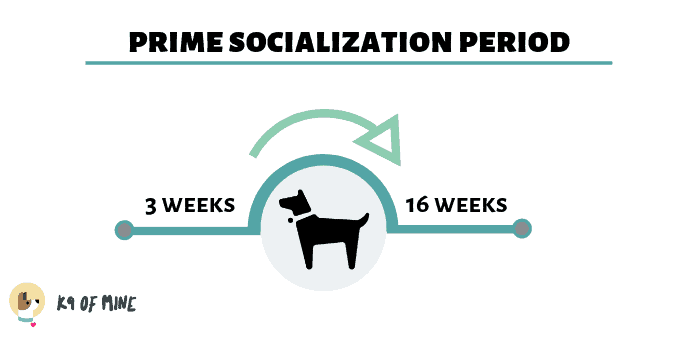
Positive and pleasant exposure to as many things, people, animals, substrates, and situations (including the vacuum) is imperative during this time for the prevention of a fearful reaction to something novel later in life.
Here are some tips for introducing your young puppy to the vacuum:
- Start by bringing the vacuum out into a room with lots of space. Do not turn it on or move it. Allow your puppy to explore at their own pace. Provide them with lots of tasty treats. We want the vacuum to predict the presence of some really delicious snacks! This helps them to form positive feelings about the vacuum.
- Next, you can move it around with them in the same room. Watch their body language for stress.
- Now, start working on the noise separately. From another room where the sound is muffled and your puppy is not too stressed, have someone turn on the vacuum. While the vacuum is making noise, feed treats or provide your puppy with a stuffed Kong or favorite chew toy. My puppy loves to play tug, and this worked quite well for us.
- Slowly move closer and closer to the sound. Make sure you always move at your puppy’s pace, not the pace you think she should move. Always pair the vacuum (sight and noise) with something she loves, and never allow her to stress. If she does show signs of fear, move back to the last step where she wasn’t stressed, and move slowly forward from there.
- End result: Your puppy sees the vacuum and starts searching for her treats! To keep your dog focused on something else while you’re vacuuming, try the “find it” game. Hide treats around the house and have her search them out. This will keep her busy and happy. A stuffed Kong or yummy chew item such as a bullystick usually works well too.
Why Is My Dog Scared of the Broom?
Brooms can also be scary for dogs. Even though your broom doesn’t have the noise factor, it can be a strange sight, as it moves erratically for seemingly no reason.
Some dogs will react similarly to the broom as they do to the vacuum, and likewise, it is probably not something they are exposed to regularly.
So, start early if you can, and follow the same steps as listed above for preventing or overcoming the fear of vacuums.
***
Have you figured out any techniques or strategies that have helped your dog overcome their fear of the vacuum or other cleaning appliances?
We’d love to hear about them! Share your experiences in the comments below!
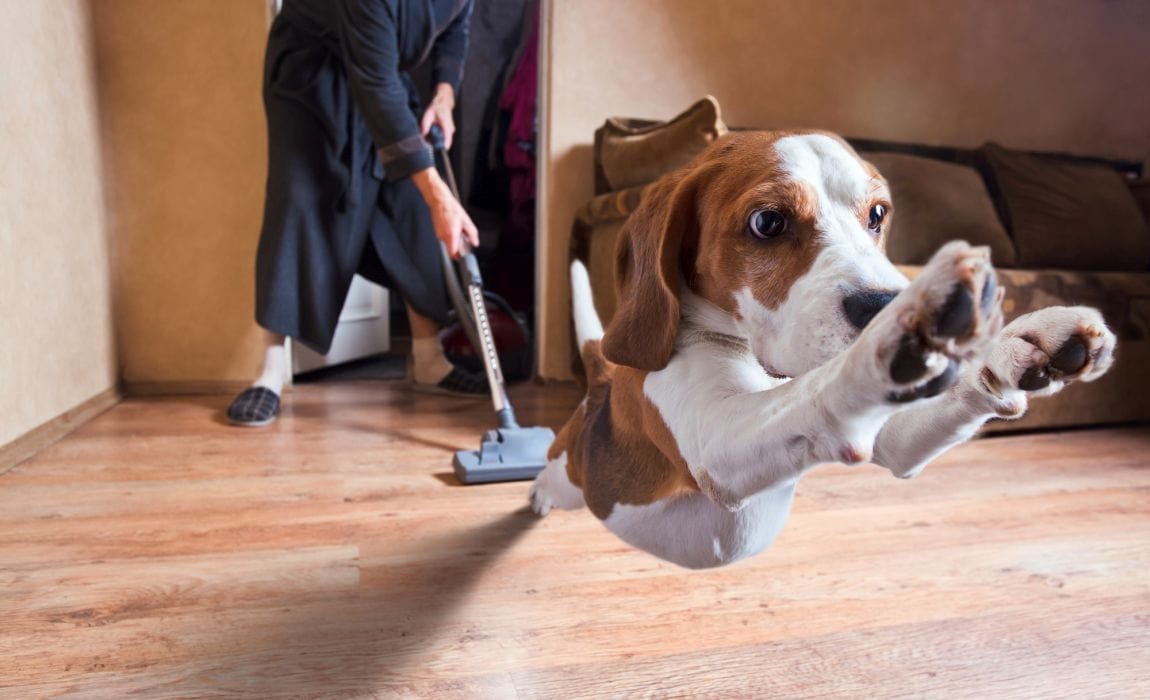

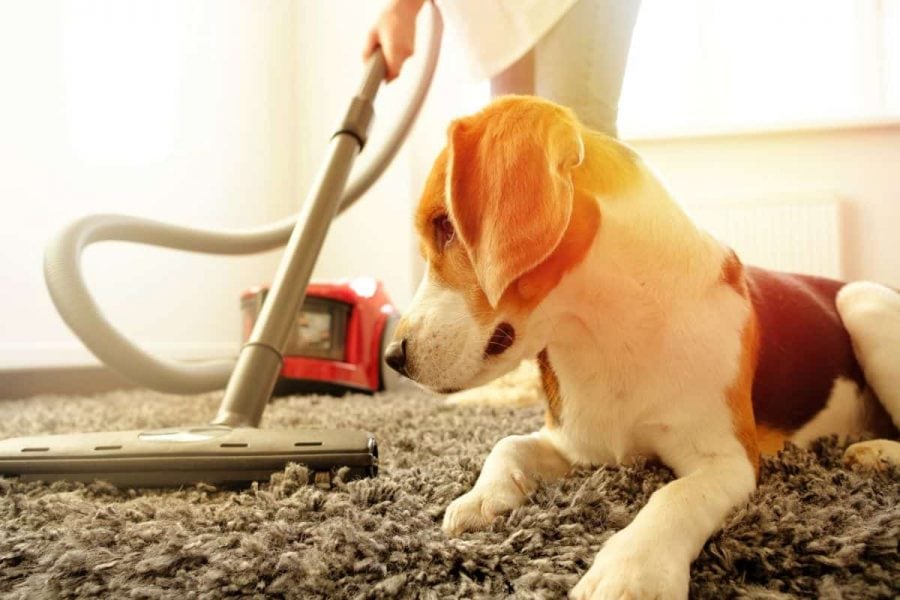


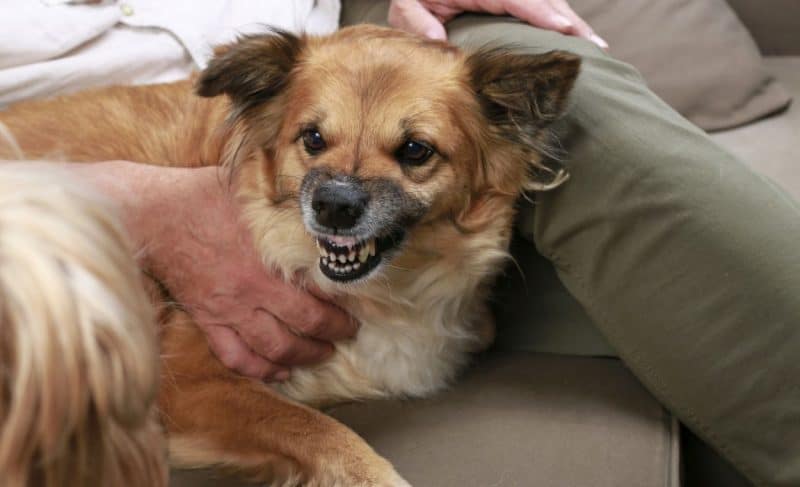
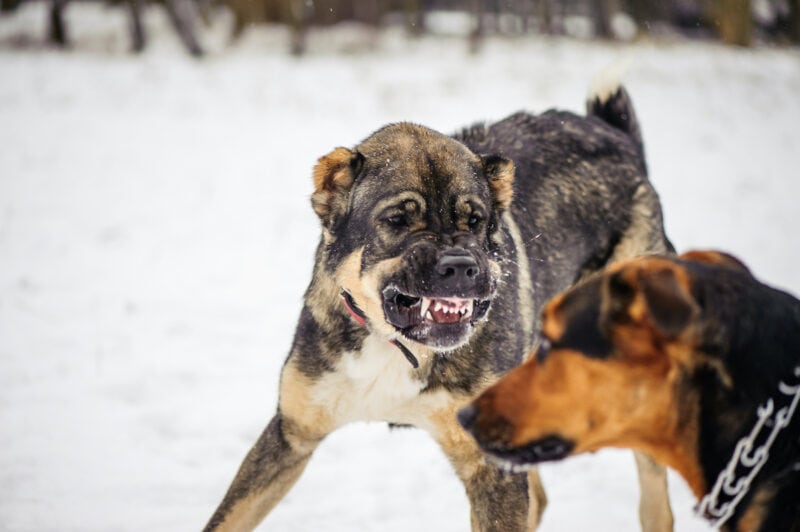

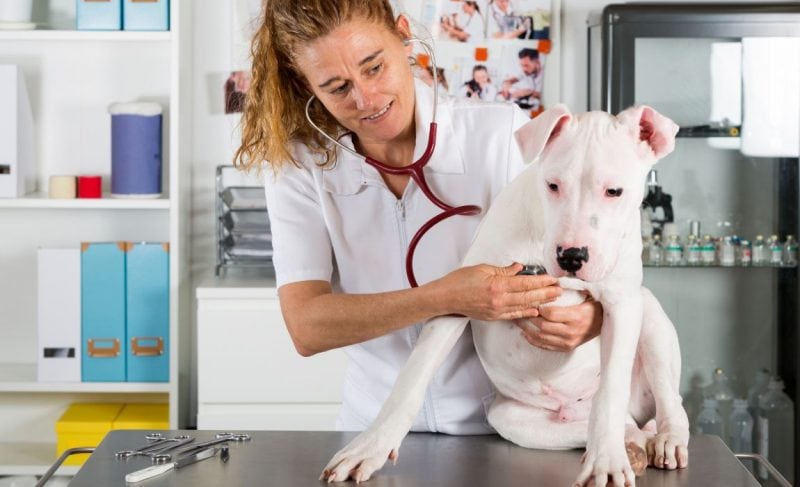
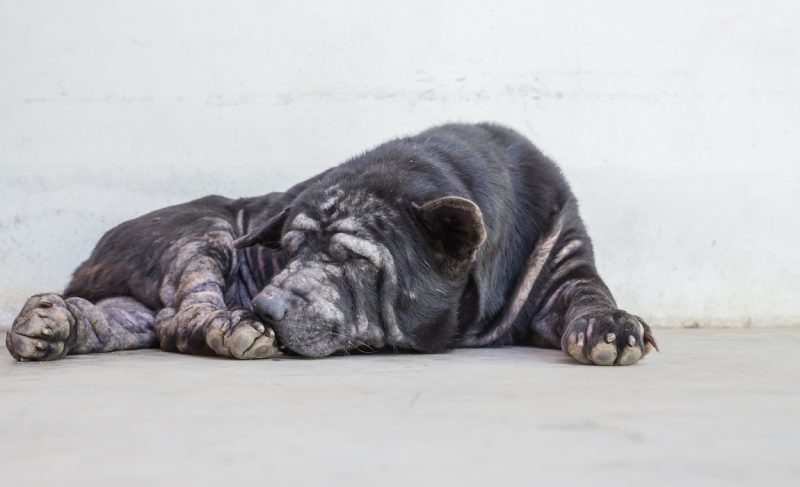
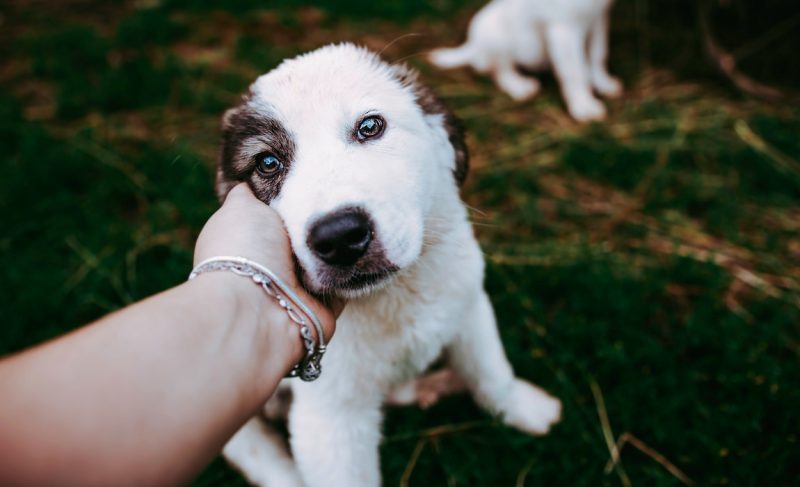
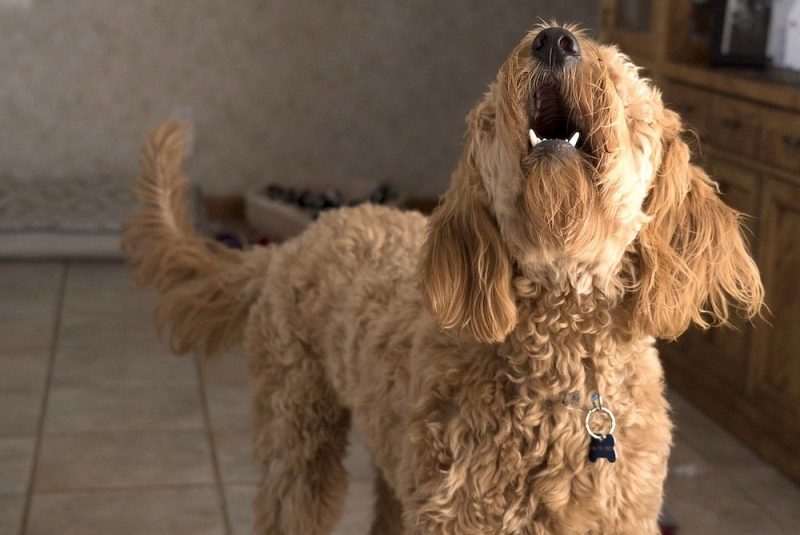

Leave a Comment